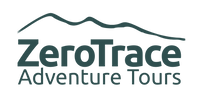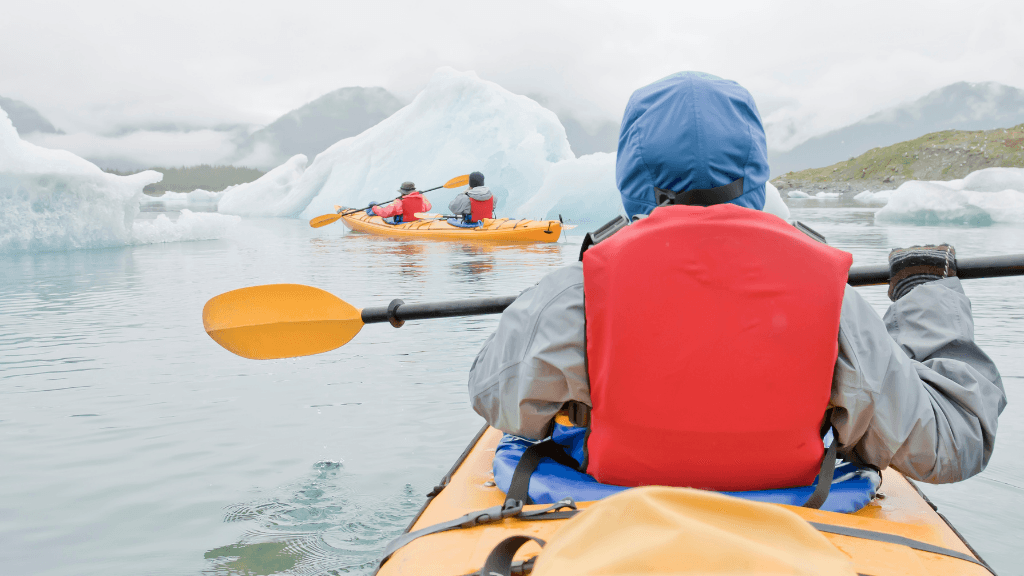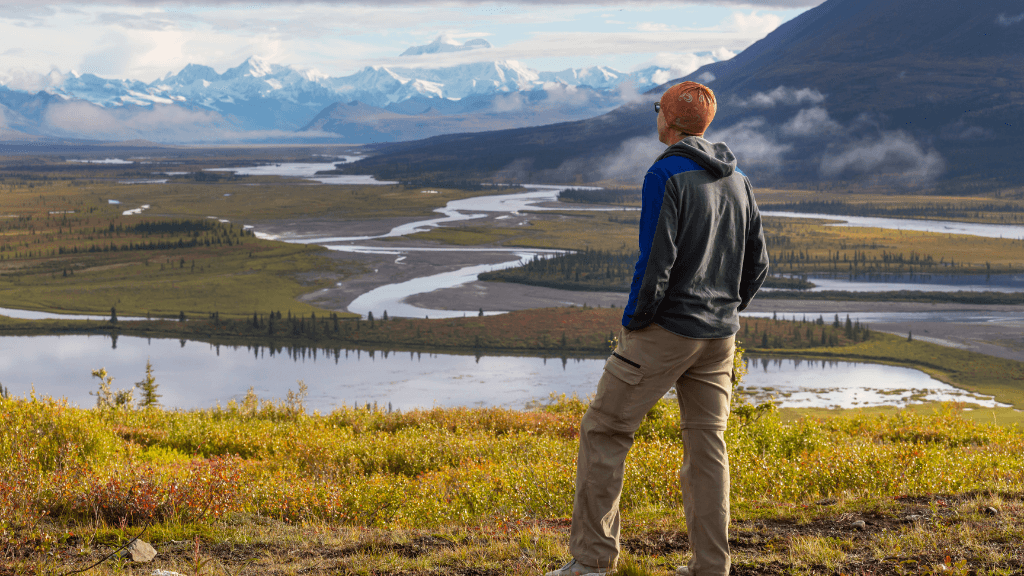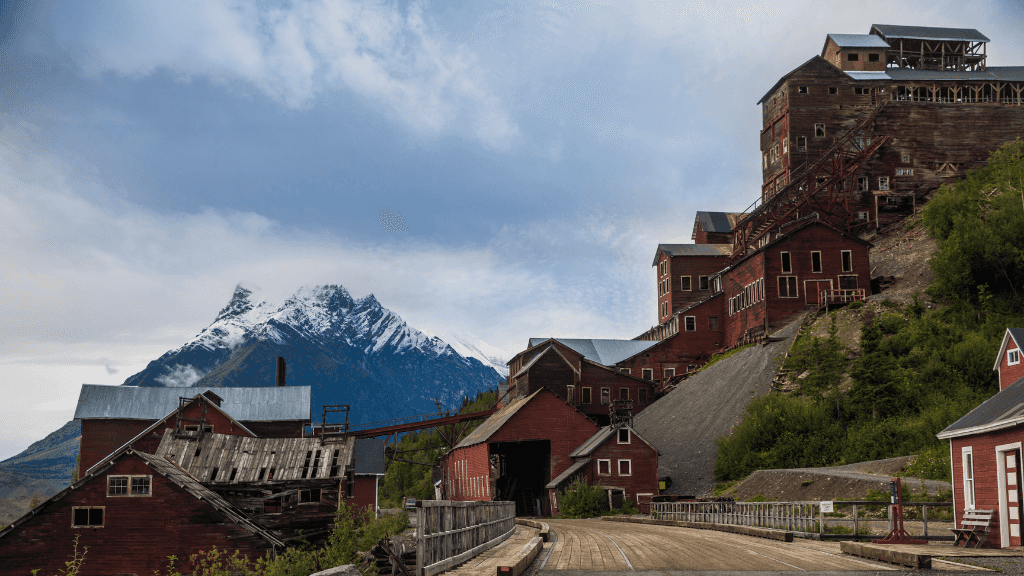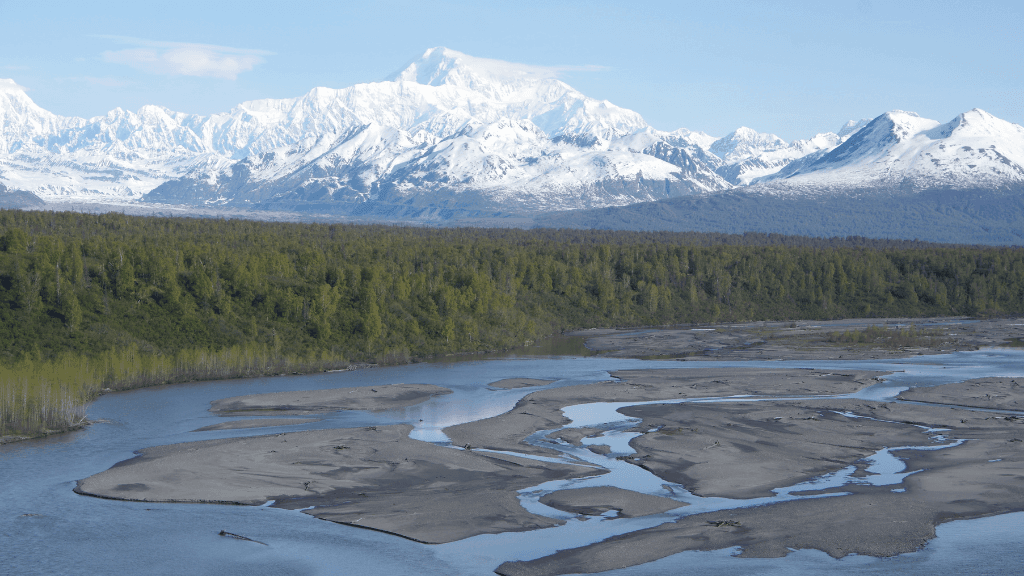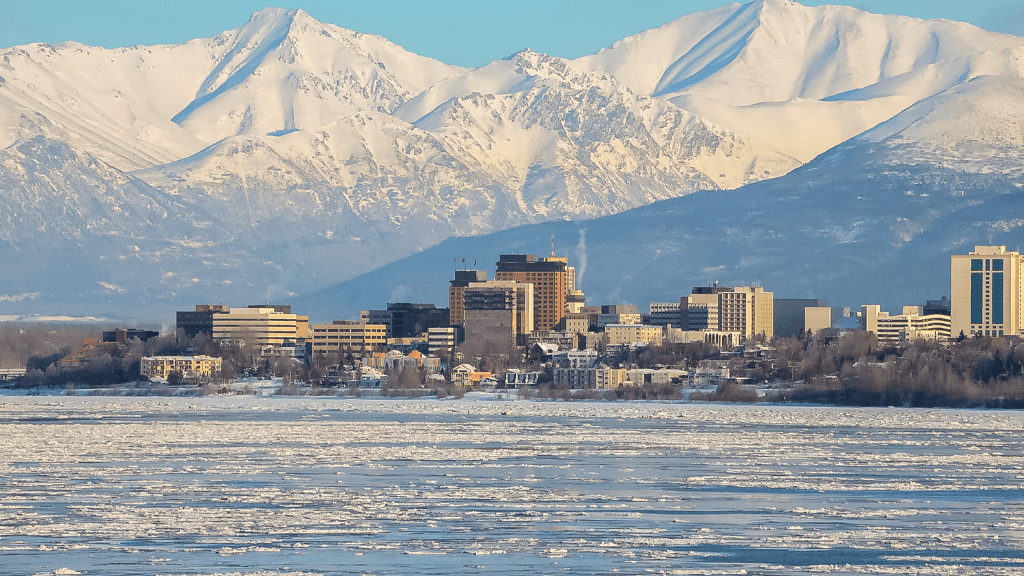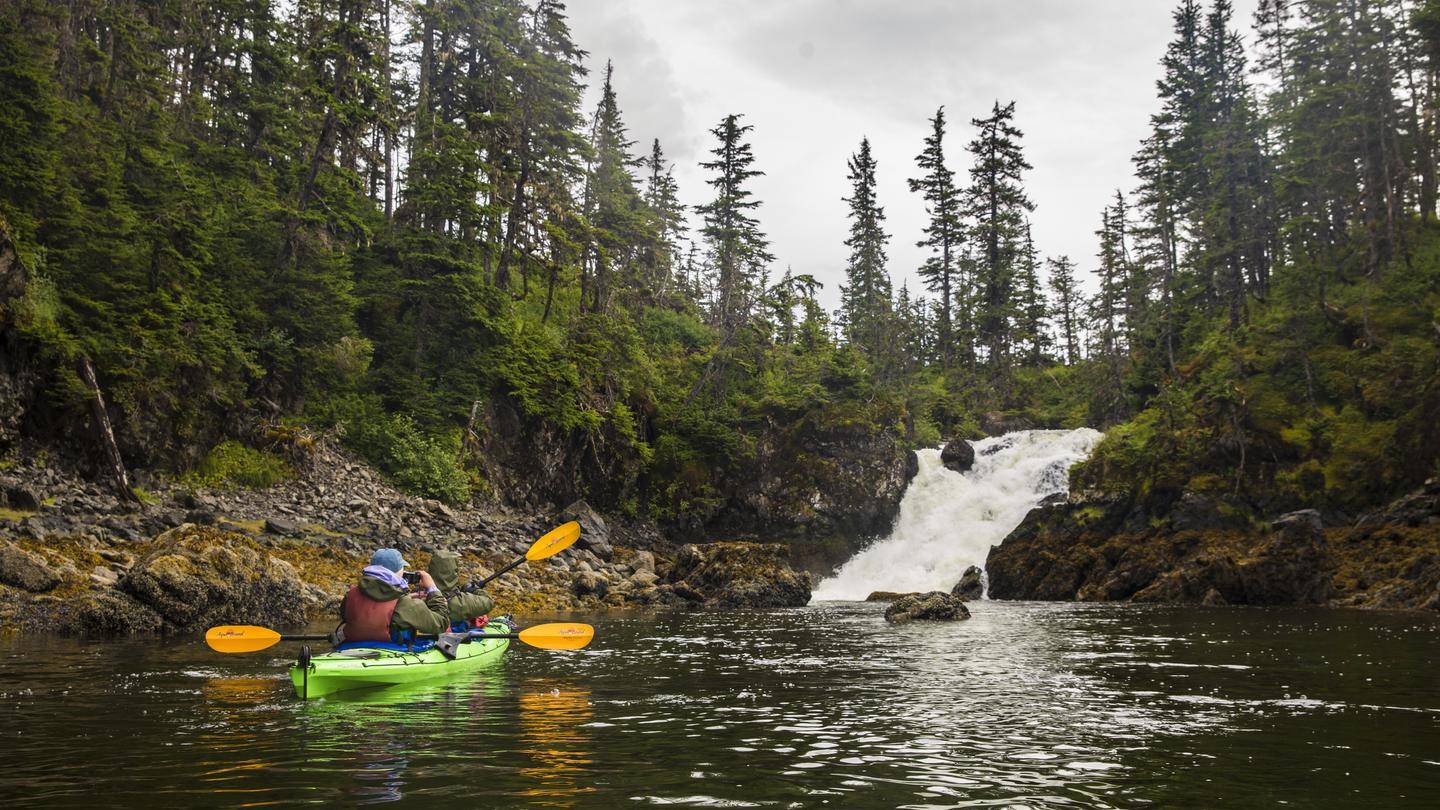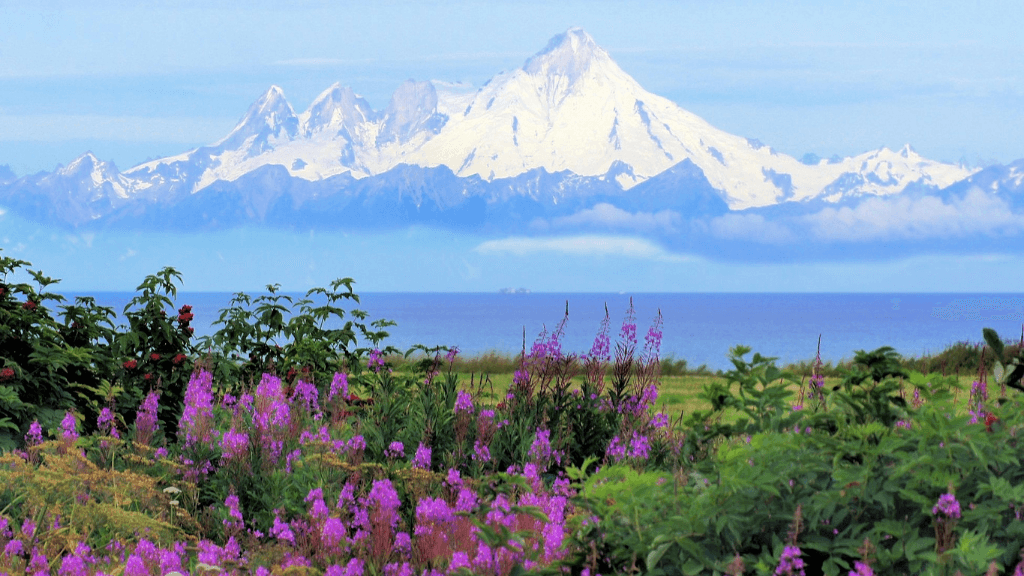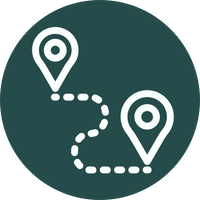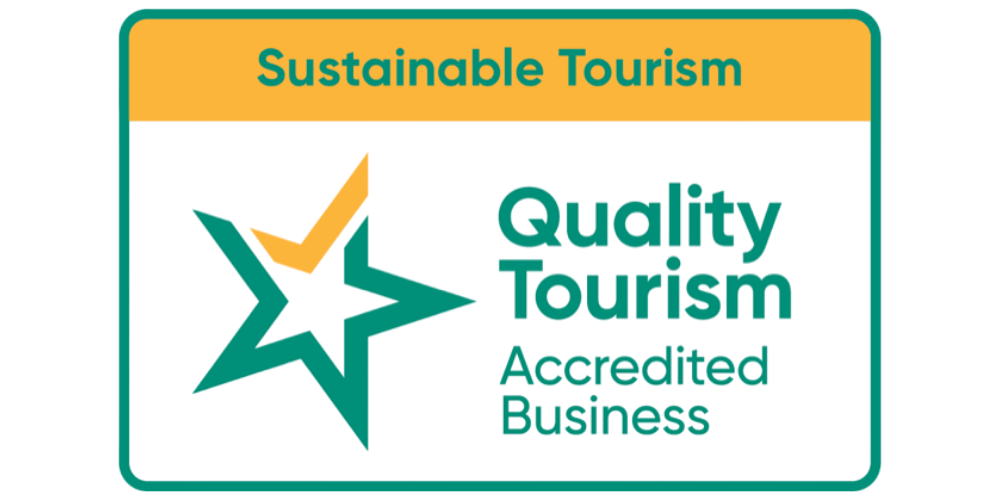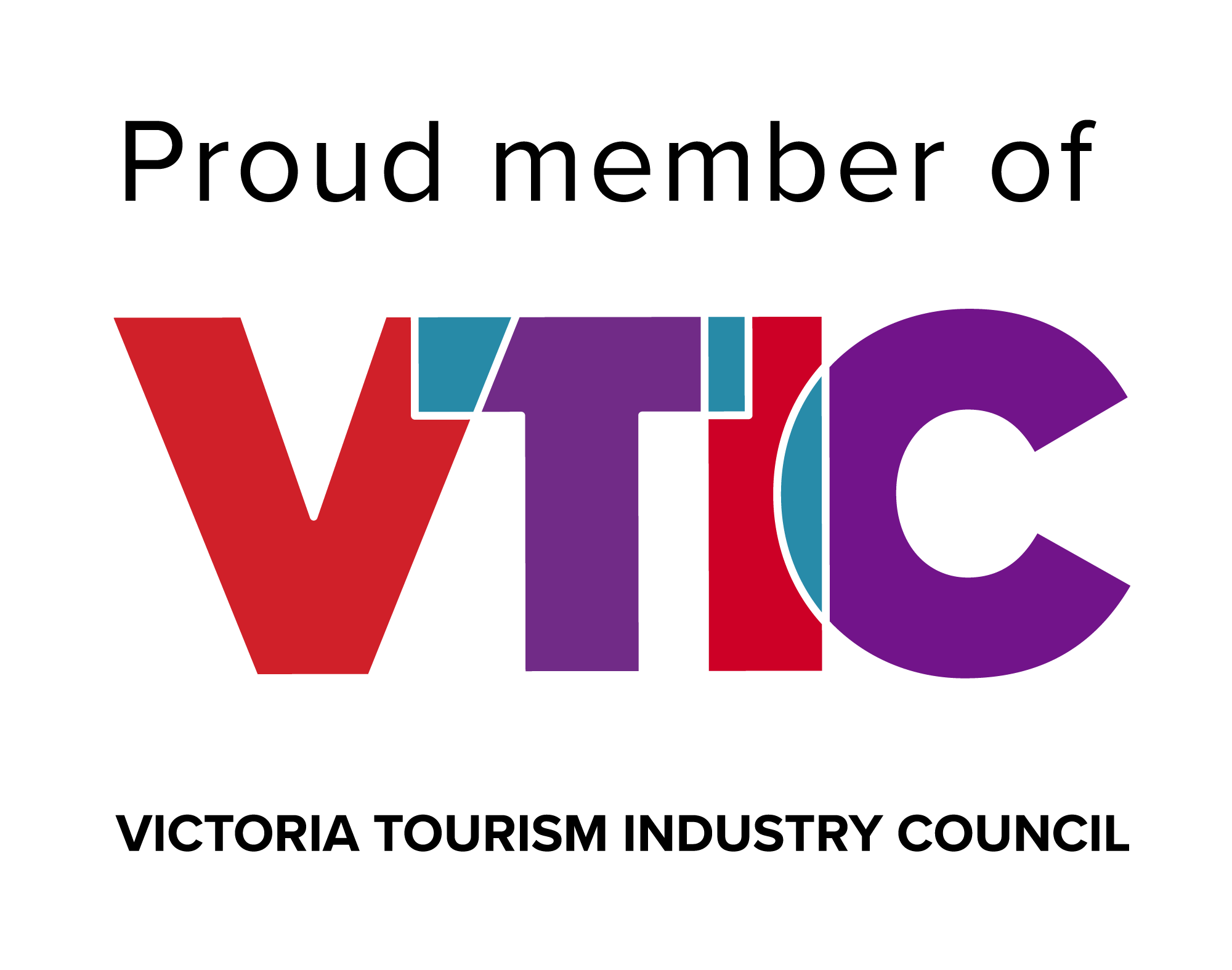How big is the group and who leads it?
Small group (maximum 13). A professional Chief Experience Officer (CEO) handles logistics, safety briefings, and daily plans.
Is there a minimum age?
Yes, 12+. Must be accompanies by an adult
Do I need special gear?
Bring broken-in hiking boots, a 0–5 °C sleeping bag, and a comfortable daypack. Trekking poles are helpful on steeper/looser sections. A full packing list is provided in “What to Pack.”
Are activities weather/conditions dependent?
Yes. Glacier and high-ridge routes, as well as the kayak session, run conditions permitting. The CEO may adjust timings or choose safer alternatives to keep the experience strong.
How much luggage can I bring?
Pack light and soft—one main bag/duffel plus a daypack works best for shared vehicle space and easy camp moves.
Will I have phone signal or Wi-Fi?
Towns (Anchorage, Seward, Valdez, Denali entrance area) generally have coverage; it’s patchy to none in parks and along remote roads.
What about wildlife safety?
You’ll travel through bear and moose country. Keep very safe distances, never feed wildlife, and follow camp food-storage instructions. If an animal changes behaviour because of you, you’re too close.
Can the itinerary change?
Yes—weather, park advisories, trail conditions, and road status can prompt adjustments. Any changes aim to keep the trip’s intent intact while prioritising safety.
What’s not included that I should budget for?
Flights, airport transfers, optional activities (e.g., scenic flights, rafting, mill-town tours, wildlife cruises not listed as included), meals/drinks not included, personal gear, laundry, souvenirs, phone/Wi-Fi charges, and tips/gratuities at your discretion.
